5G service launched in India in October, but no iPhone supports the high-speed wireless networking standard… yet. Apple plans to change that in December.
And those who are part of the iOS beta program can get access even earlier.
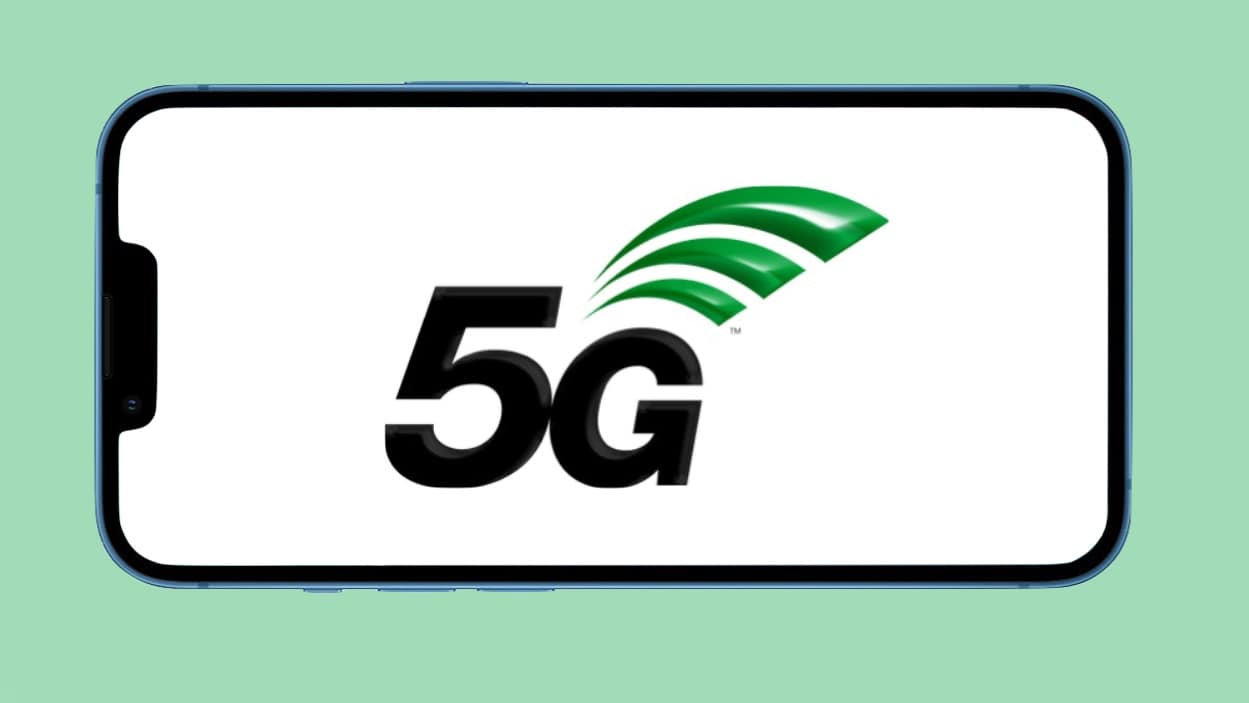
5G service launched in India in October, but no iPhone supports the high-speed wireless networking standard… yet. Apple plans to change that in December.
And those who are part of the iOS beta program can get access even earlier.
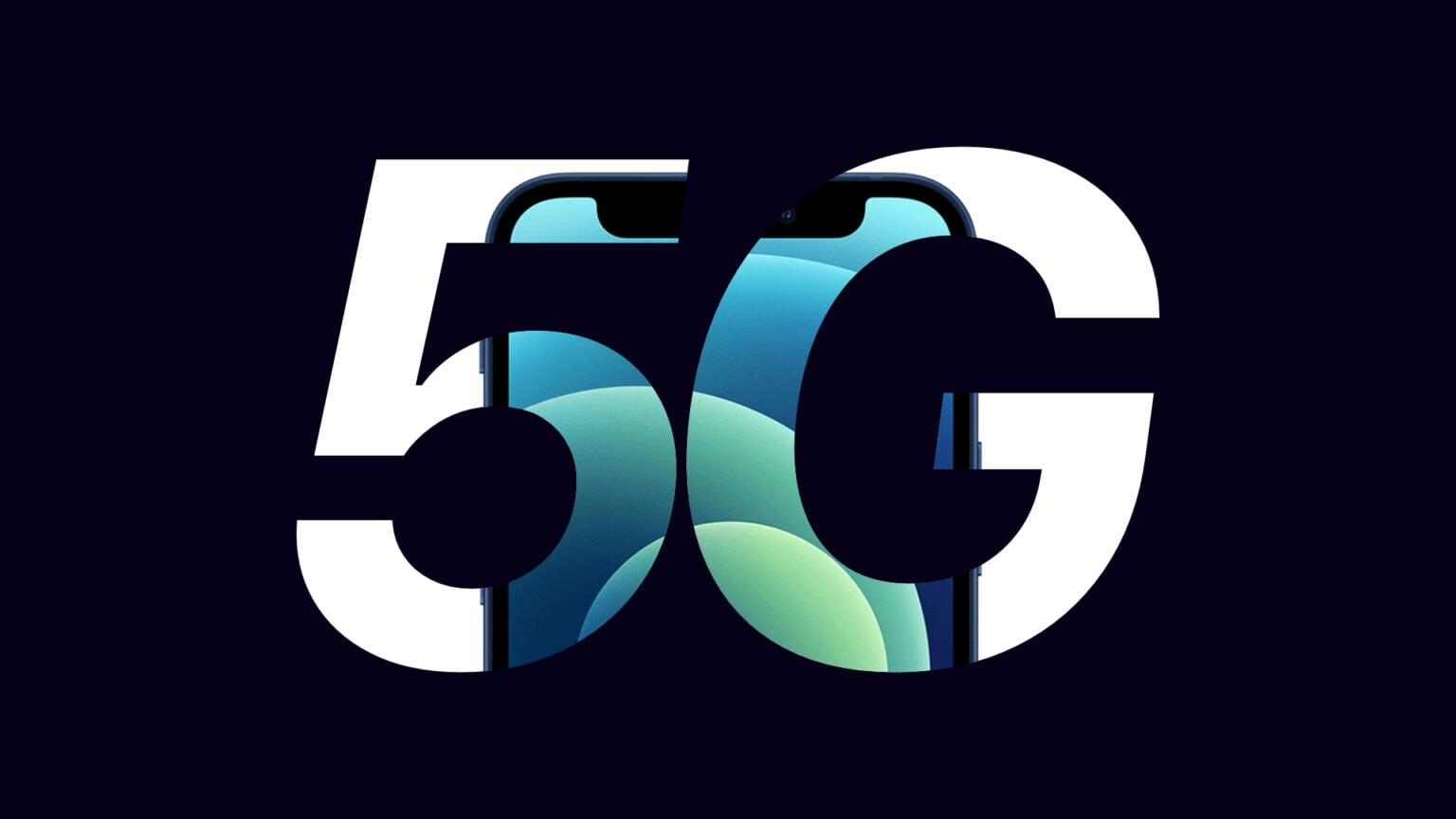
Both AT&T and Verizon began rolling out a new 5G version on Wednesday. And getting access via C-band doesn’t require getting a new iPhone. If your iOS device supports 5G, it can use the new version.
The same goes for iPad. If it has built-in 5G, it supports C-band.
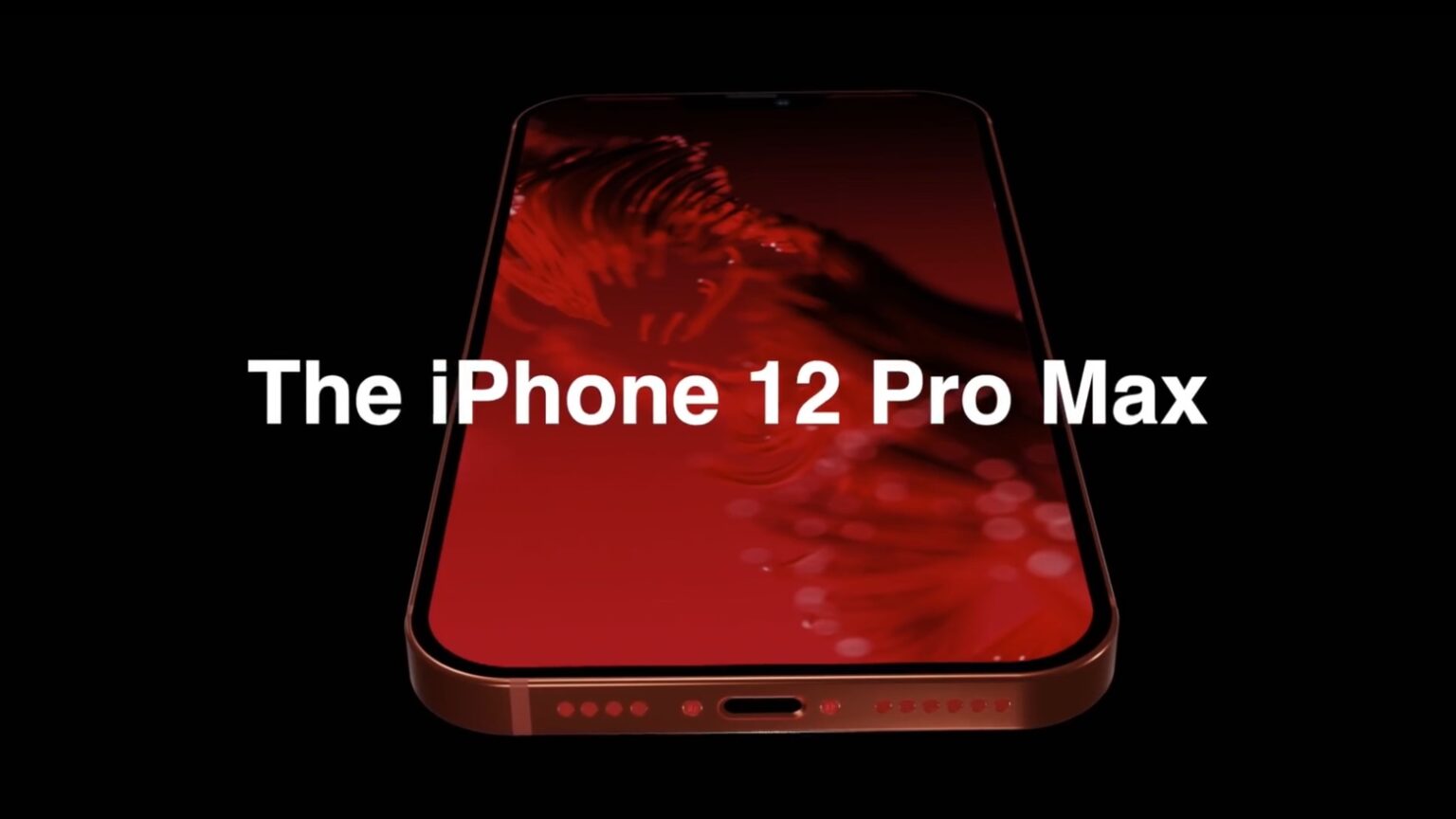
A survey of current iPhone users found that 41% of them intend to upgrade to the iPhone 12 when it’s released this autumn.
What’s drawing in potential buyers the most is a faster connection via 5G. And there’s plenty of interest in the tiny 5.4-inch model. But survey respondents aren’t much interested in another rumored feature of the iPhone 12: a LiDAR scanner for augmented reality.
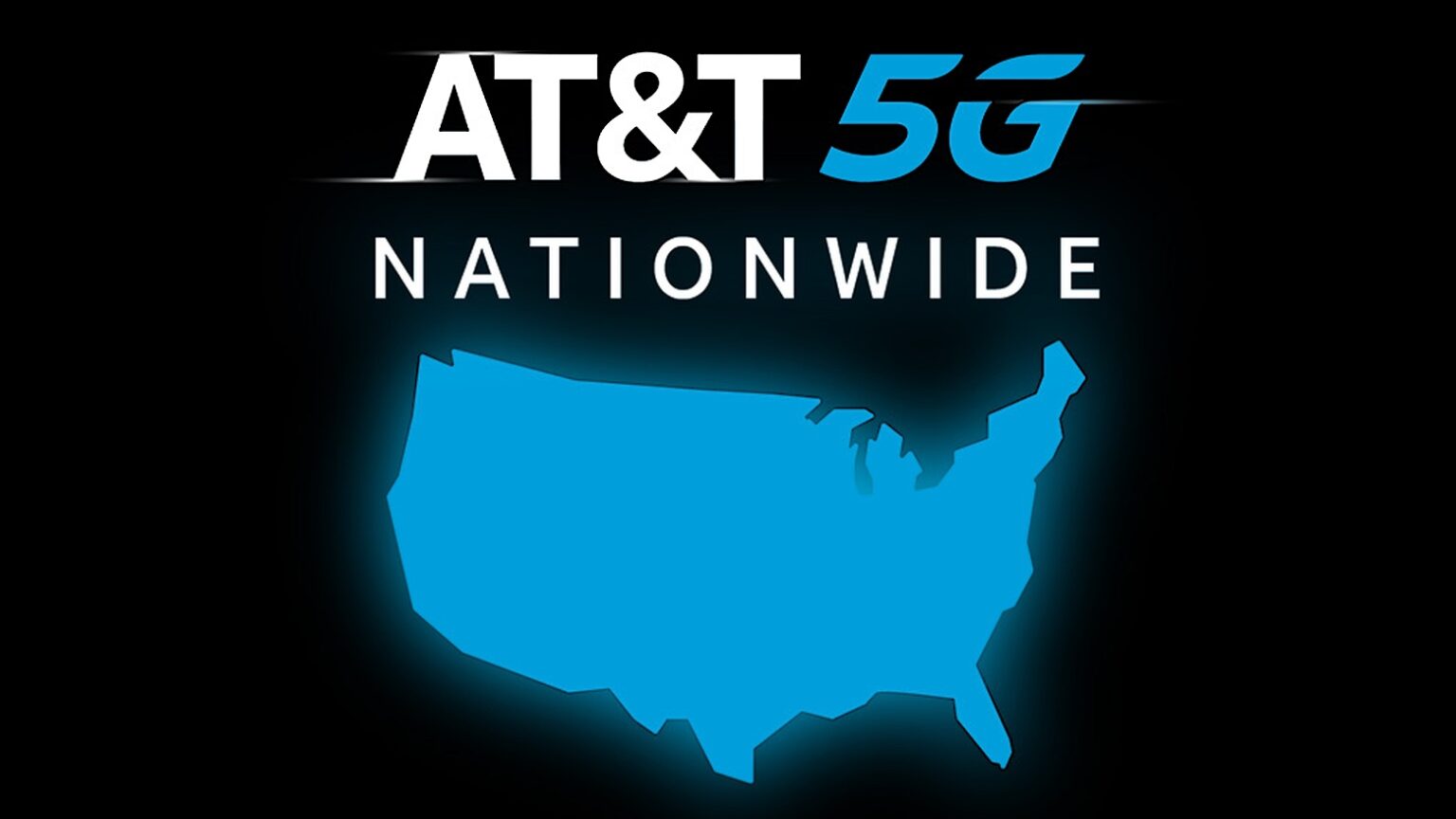
AT&T’s 5G network expanded to cover 395 markets in the United States on Thursday. Which is coverage for 205 million current and potential customers. That puts the telecom close to T-Mobile in 5G coverage area, and well ahead of Verizon.
So at least some US carriers will be ready for the 5G iPhone if it debuts in a few months, as expected.
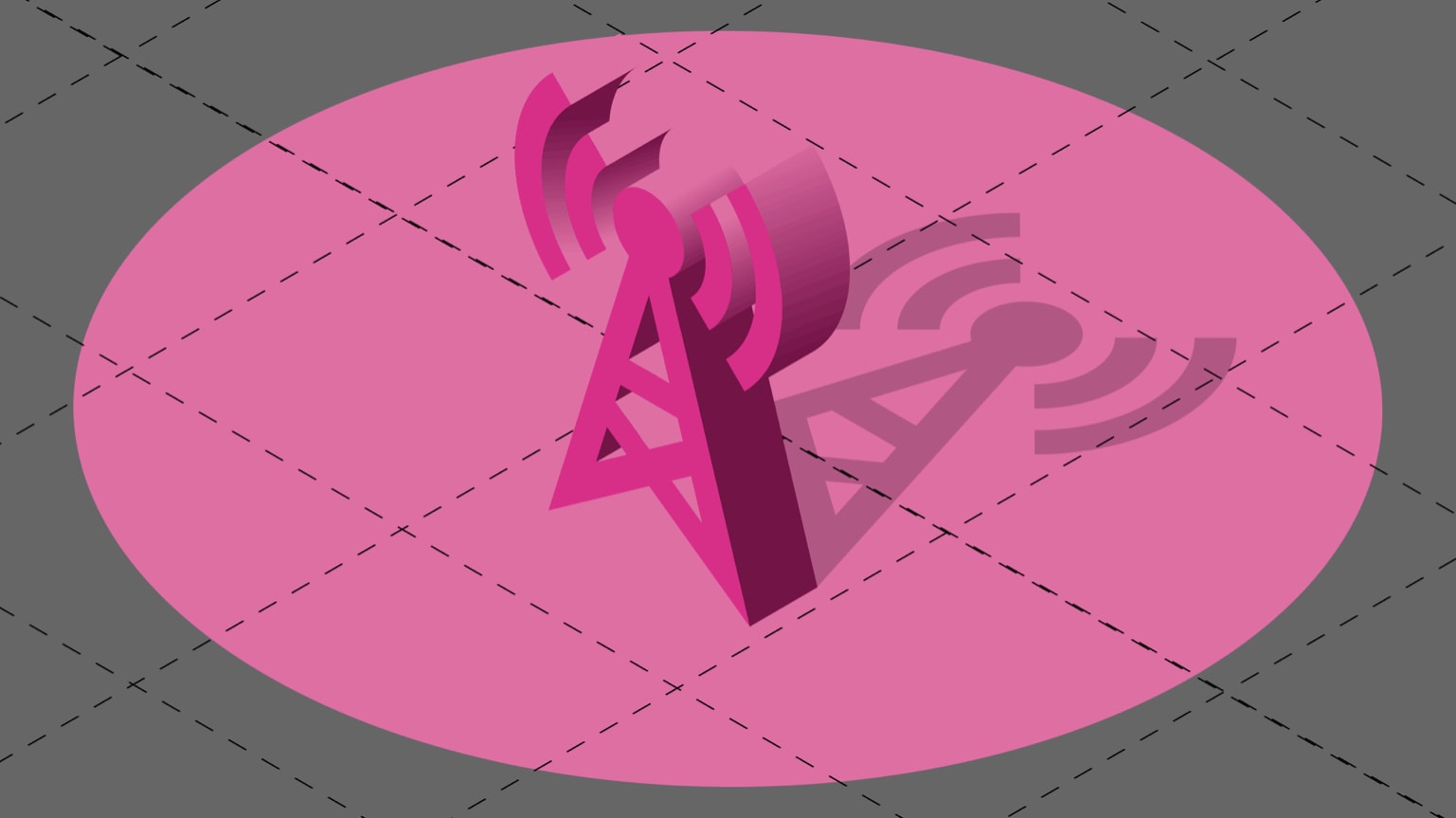
It’s not too soon to pick out the best 5G network for your 5G iPhone. And right now, there are two top contenders, according to testing dozen by an analytics firm. Verizon offers the fastest download speeds by a wide margin. And T-Mobile offers 5G in a much broader area.
But AT&T is in there swinging too.
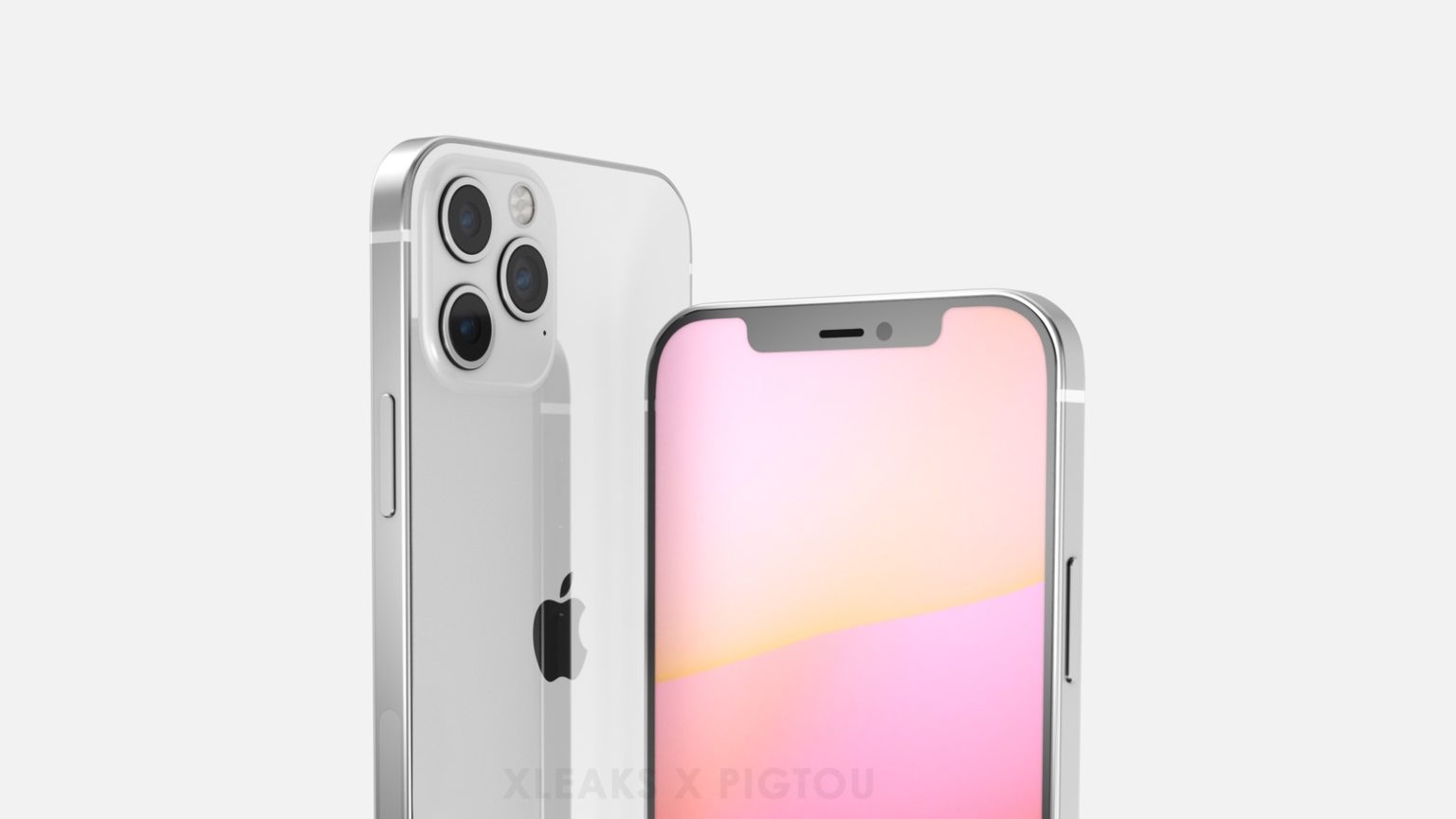
The iPhone 12 isn’t even out yet, and already the first report is out suggesting that it’s disappointing in terms of order numbers from Apple. A report published by Digitimes Tuesday says that mmWave-enabled 5G iPhone orders this year are likely to reach only around 15-20 million units. That’s half the previous supply chain estimate of 30-40 million units.
The paywalled report said that this is “intensifying competition” among Apple suppliers who bank on the iPhone as a large piece of their business.
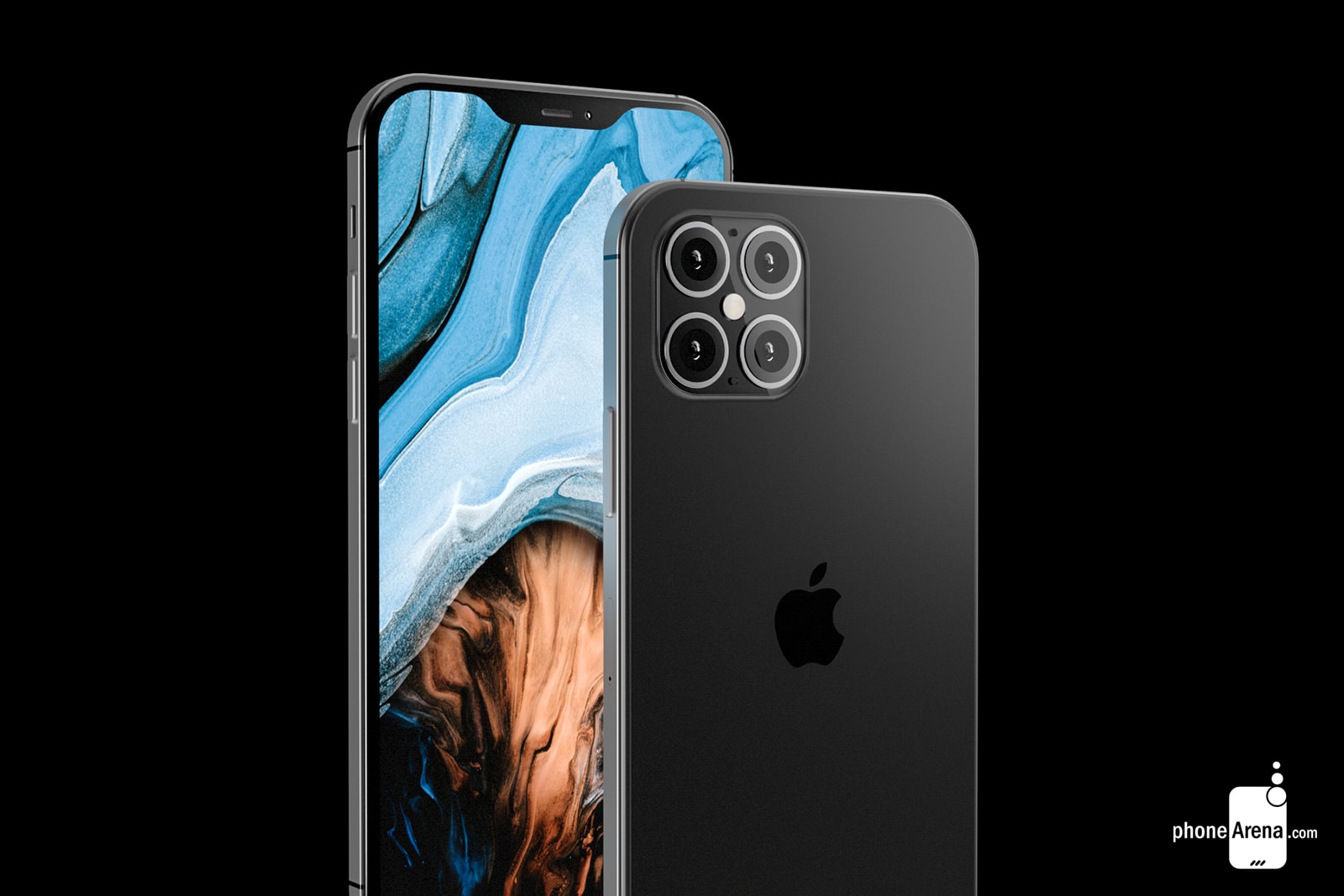
Global smartphone production could see a record fall of up to 16.5 percent in the second quarter of this year thanks in large part to the COVID-19 pandemic, according to a new research report.
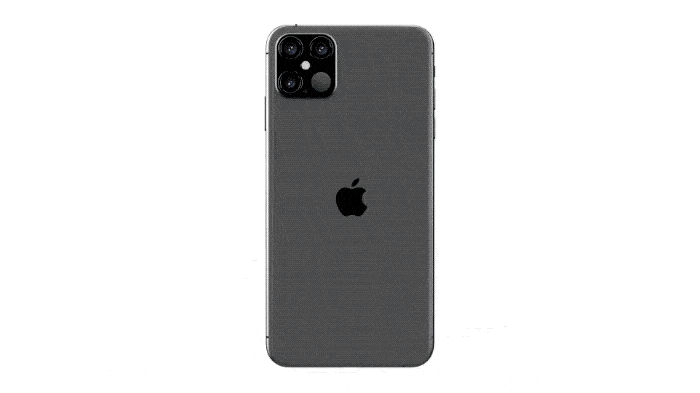
Apple is delaying mass-production of the iPhone 12 lineup by around one month, according to a Monday report from The Wall Street Journal.
Sources blame the ongoing COVID-19 pandemic for the delay, which is likely to mean Apple’s next-generation handsets won’t be available until October. A trusted source for Cult of Mac recently made the same prediction.
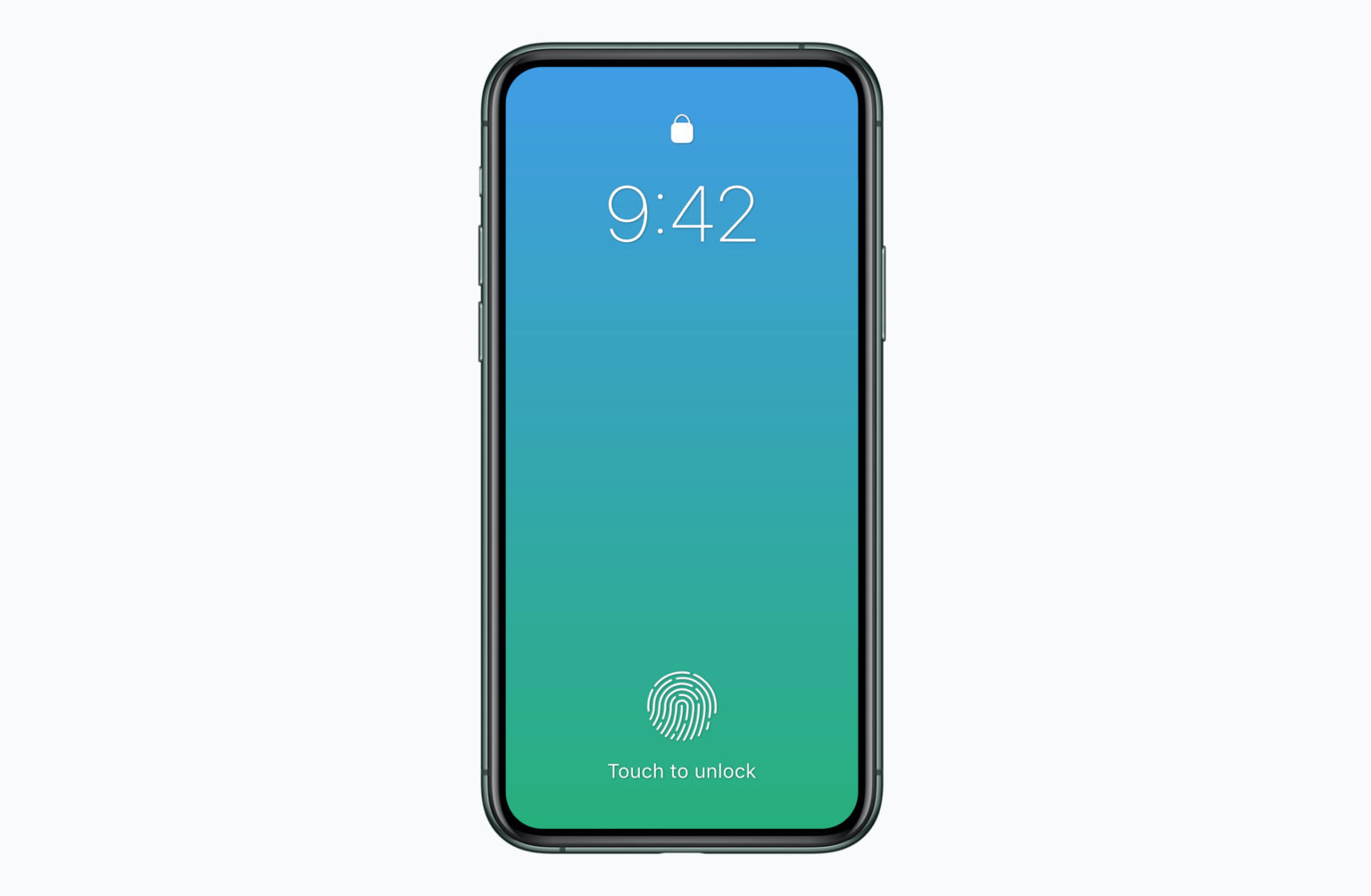
A Monday report out of Asia reignites claims that at least one iPhone 12 model will feature a display-embedded Touch ID sensor.
Sources believe a number of Apple partners, including OLED display-maker BOE and Qualcomm, are working on the technology.
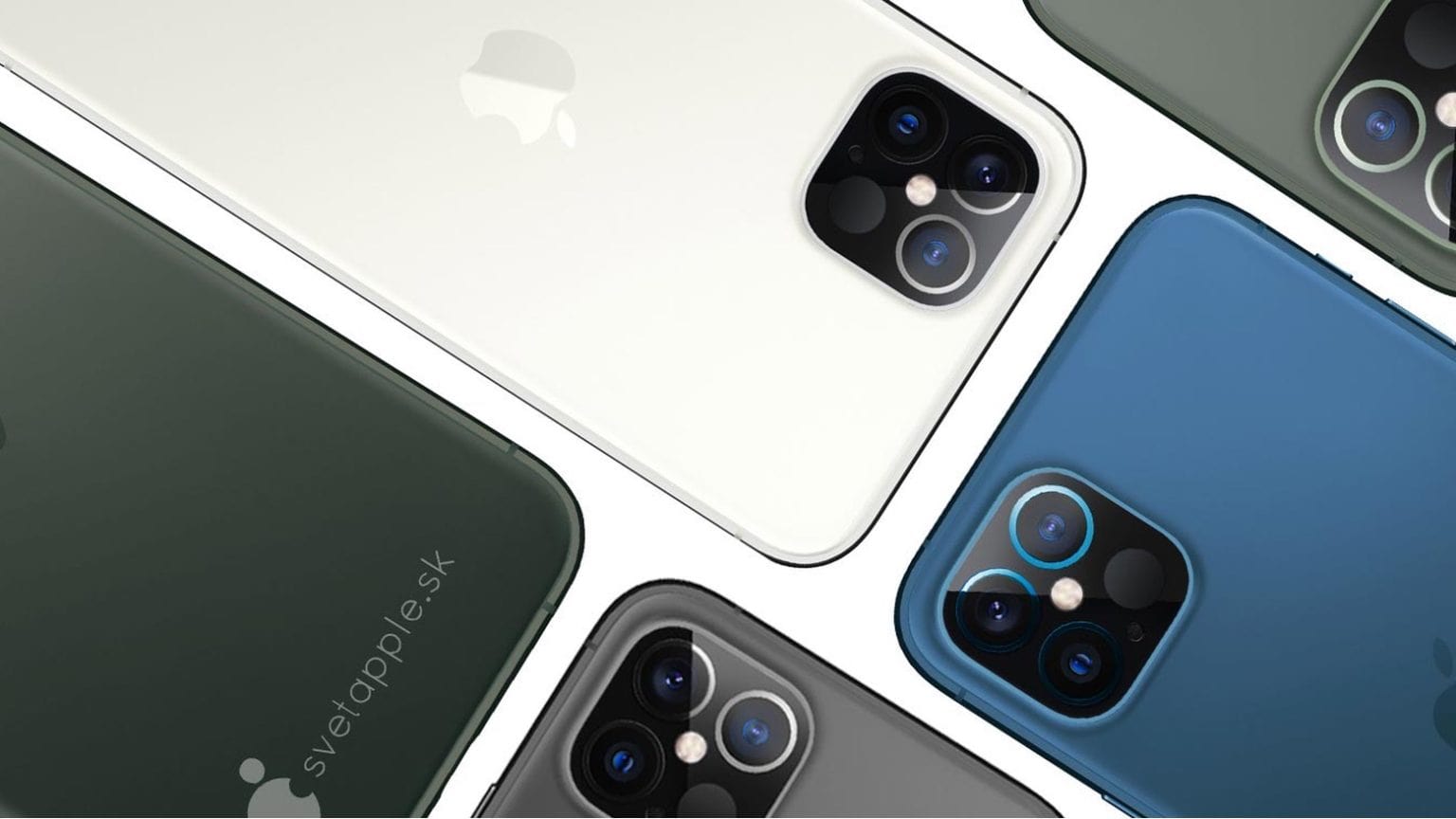
The first iPhone with 5G reportedly won’t debut alongside the other new iOS handsets early this autumn. Trusted analyst Ming-Chi Kuo predicts Apple will begin producing a pair of 4G handsets in September, but won’t start making the 5G model until October.
Kuo also says an iPhone SE Plus with a larger screen than the current one might come out far later than he originally thought.
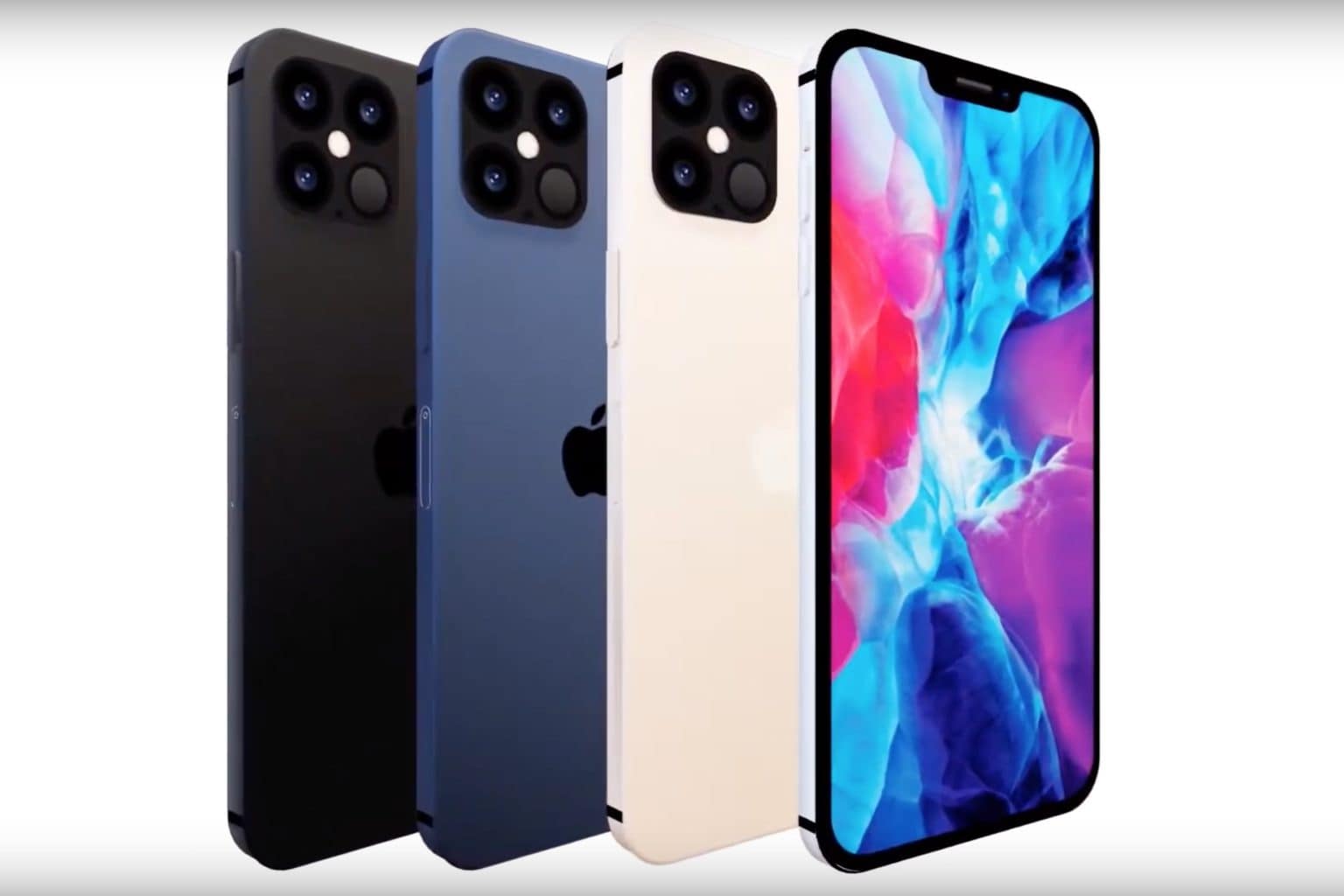
Apple is asking suppliers to “crank out” components for its upcoming 5G iPhone lineup, despite some fears that it could launch to weak demand as a result of COVID-19, a Tuesday report claims.
The company is said to have confirmed plans to make around 213 million iPhone units in the 12 months through March 2021 — an increase of 4% over the same period last year.
Some suppliers are concerned that initial orders could end up being “significantly lower.”

Another iPhone 12 Pro concept landed on YouTube this week to satiate Apple fans who just can’t wait for the real deal to be revealed this fall.
Created by the Hacker 34, the new iPhone 12 Pro concept offers a couple features not included on the drool-worthy concept we posted yesterday. Armed with a ProMotion XDR display, new quad-camera setup and two-way charging, this boxy concept will have you ready to open your wallet for the 5G iPhone, whenever it actually comes out.
Check it out:
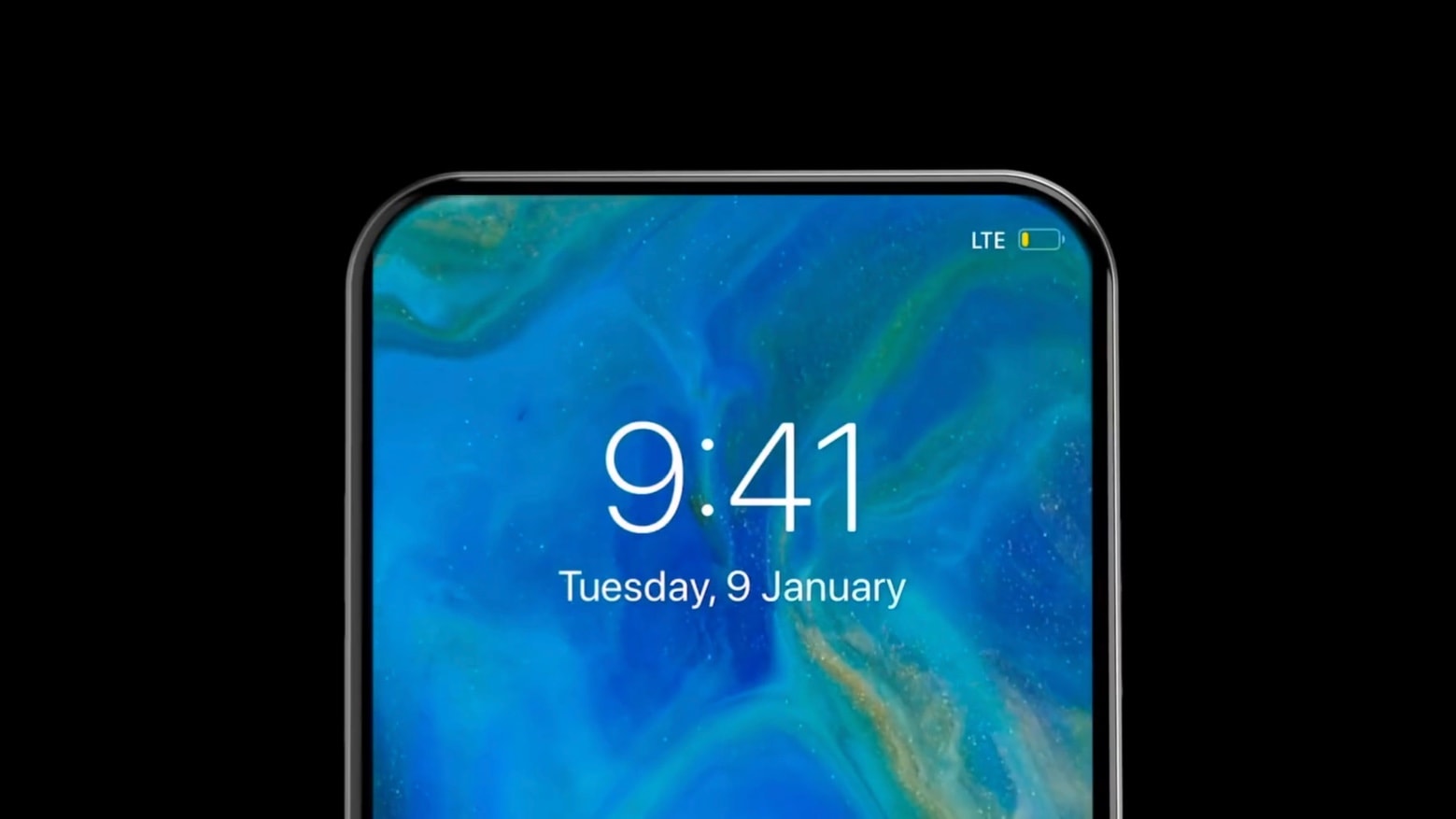
A leading Apple analyst is confident Apple will deliver its first iPhone with 5G this fall — despite a Wednesday report that suggested this year’s handsets could be delayed due to COVID-19.
“We have a different view,” wrote Gene Munster of Loup Ventures on Thursday. Muster has outlined several reasons why an iPhone refresh is still likely to come in 2020.
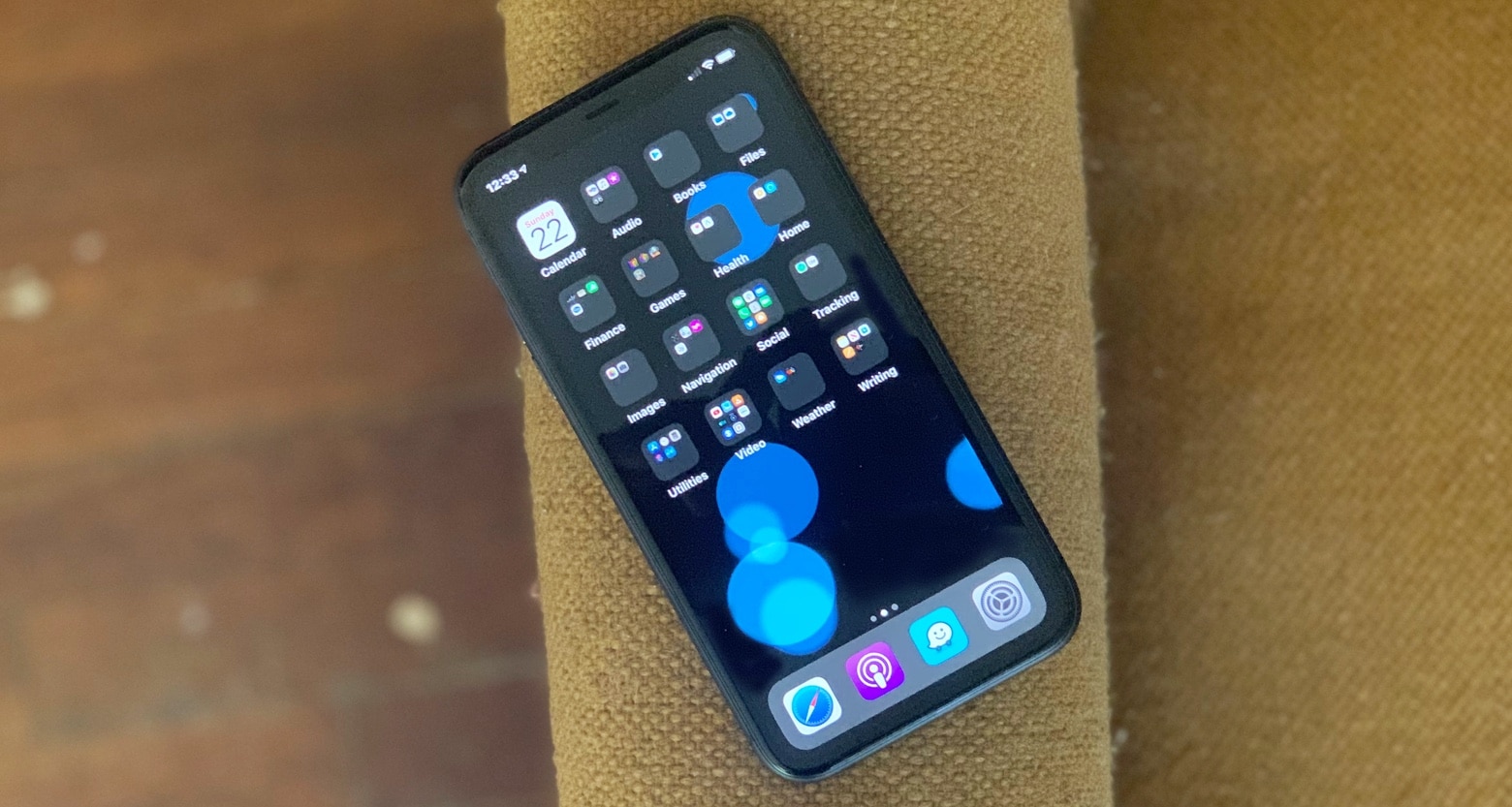
The spread of the COVID-19 coronavirus could hurt Apple’s plans to launch its first 5G iPhones in the second half of 2020, a new report claims.
According to a DigiTimes report Monday, Apple extended restrictions on employees traveling to parts of Asia until the end of April. The extension will delay tests for the next-generation iPhone that “could have a direct impact” on launch timing.

The iPhone 12 is poised to pack a lot of exciting features. One that won’t be on the list? Support for a 2×2 uplink, according to renowned Apple analyst Ming-Chi Kuo.
Kuo previously suggested that the 5G iPhone 12 would support 2×2 MIMO uplink, potentially meaning slightly faster maximum uploads. This was part of a report claiming that the iPhone 12 series devices would use up to six power amplifiers for improved connectivity. In a new report obtained by Cult of Mac, Kuo now says they are likely to include just one or two.
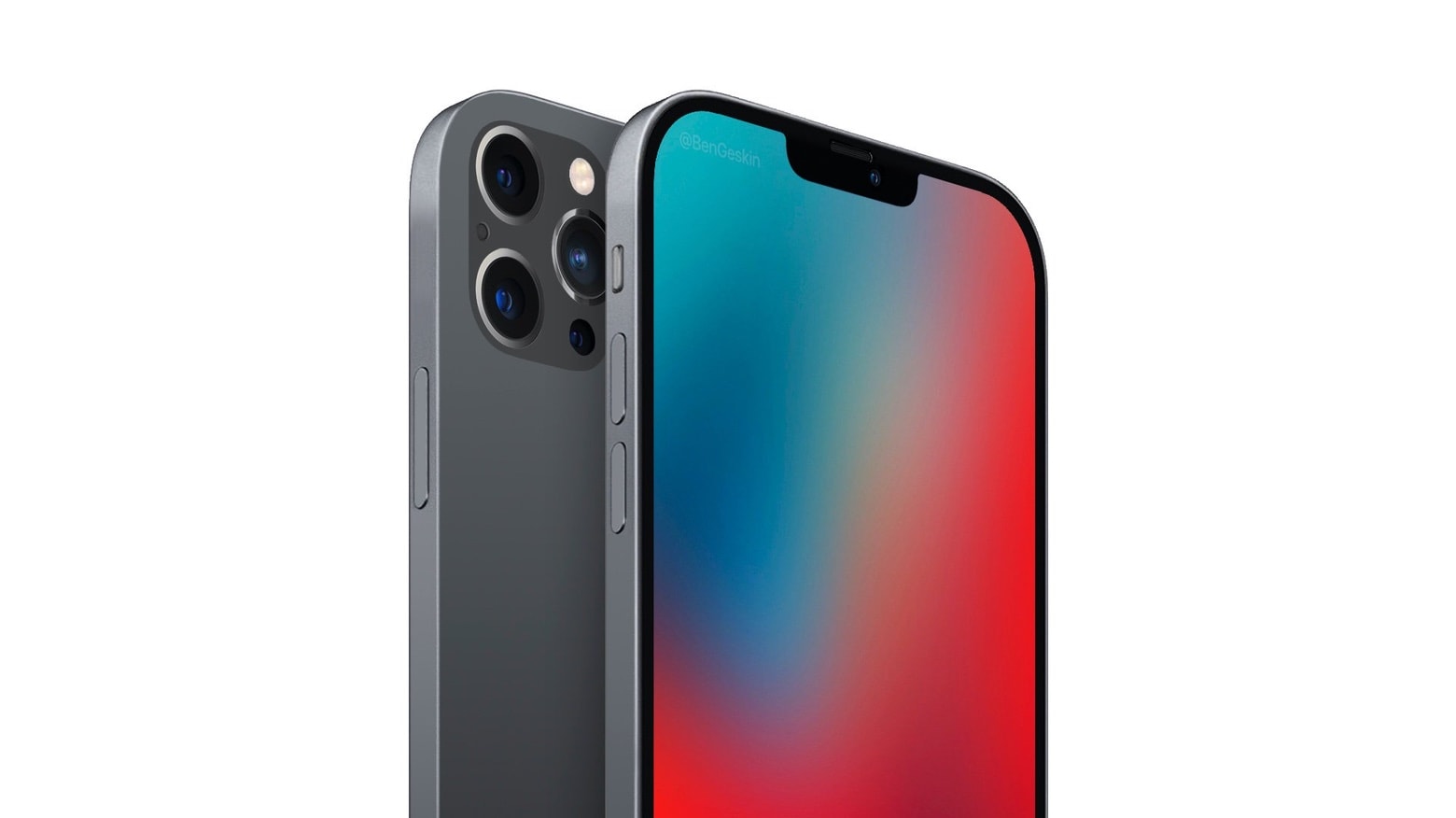
The 5G iPhone coming this fall is widely expected to be a huge windfall for Apple. But this handset might then turn around and hurt the company next year, according to a pair of market analysts.
And their prediction is equally bad news for those planning to upgrade to the 5G iPhone.
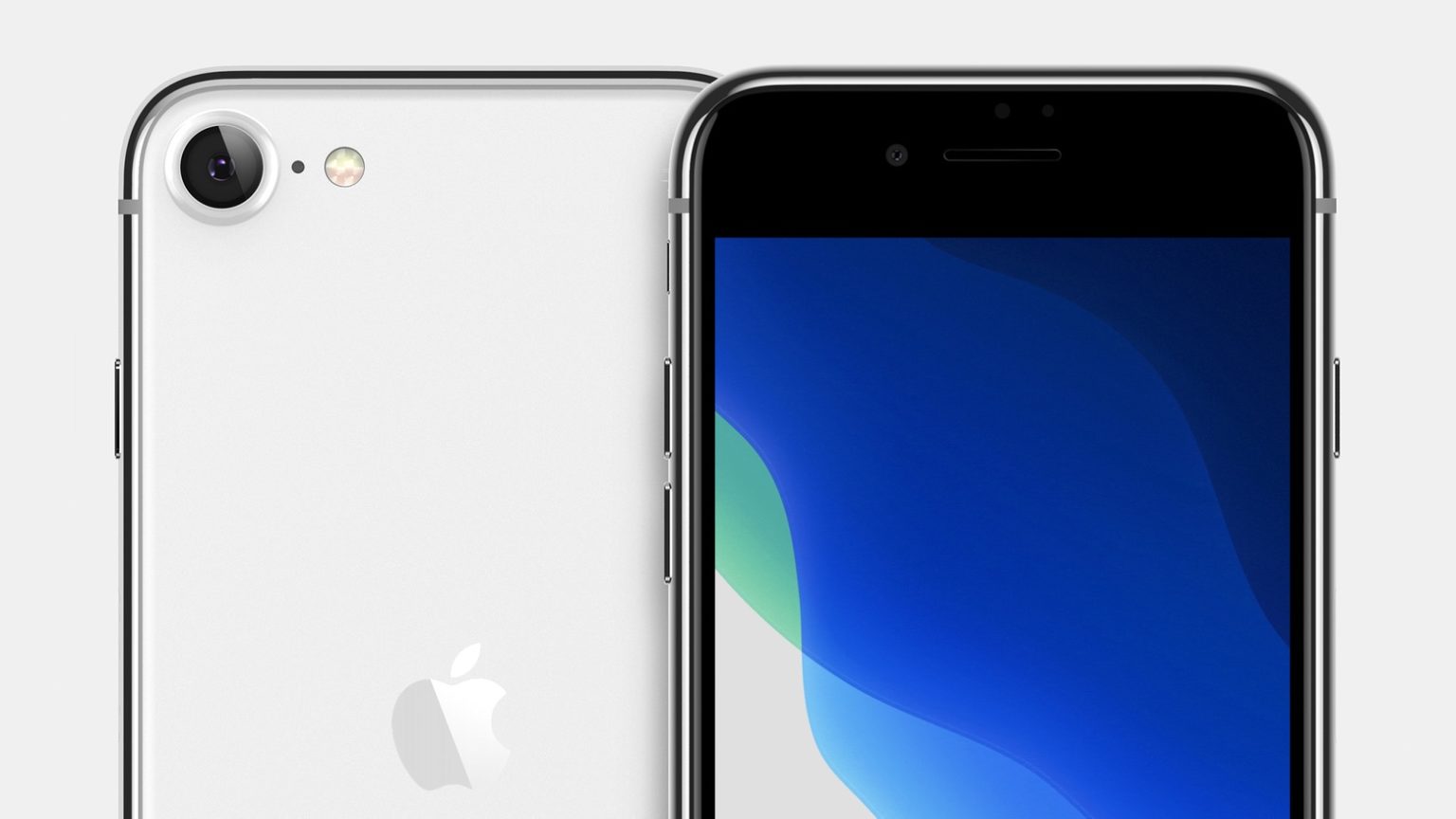
Apple’s share price is more than double what it was this time last year. Cult of Mac asked prominent market-analysis firms to explain this meteoric rise. Several of them listed not just the upcoming debut of the 5G iPhone for investor optimism, but also the imminent launch of a budget model.

Apple could release a half-dozen iPhone models next year. An industry analyst laid out new predictions for the 2020 iPhone lineup, saying some models will bring the latest 5G cellular technology. Other models will stick with slower 4G networking.
Apparently, people not interested in 5G won’t need to pay extra for it. And some top-tier models supposedly will include rear-facing 3D scanners for augmented reality.
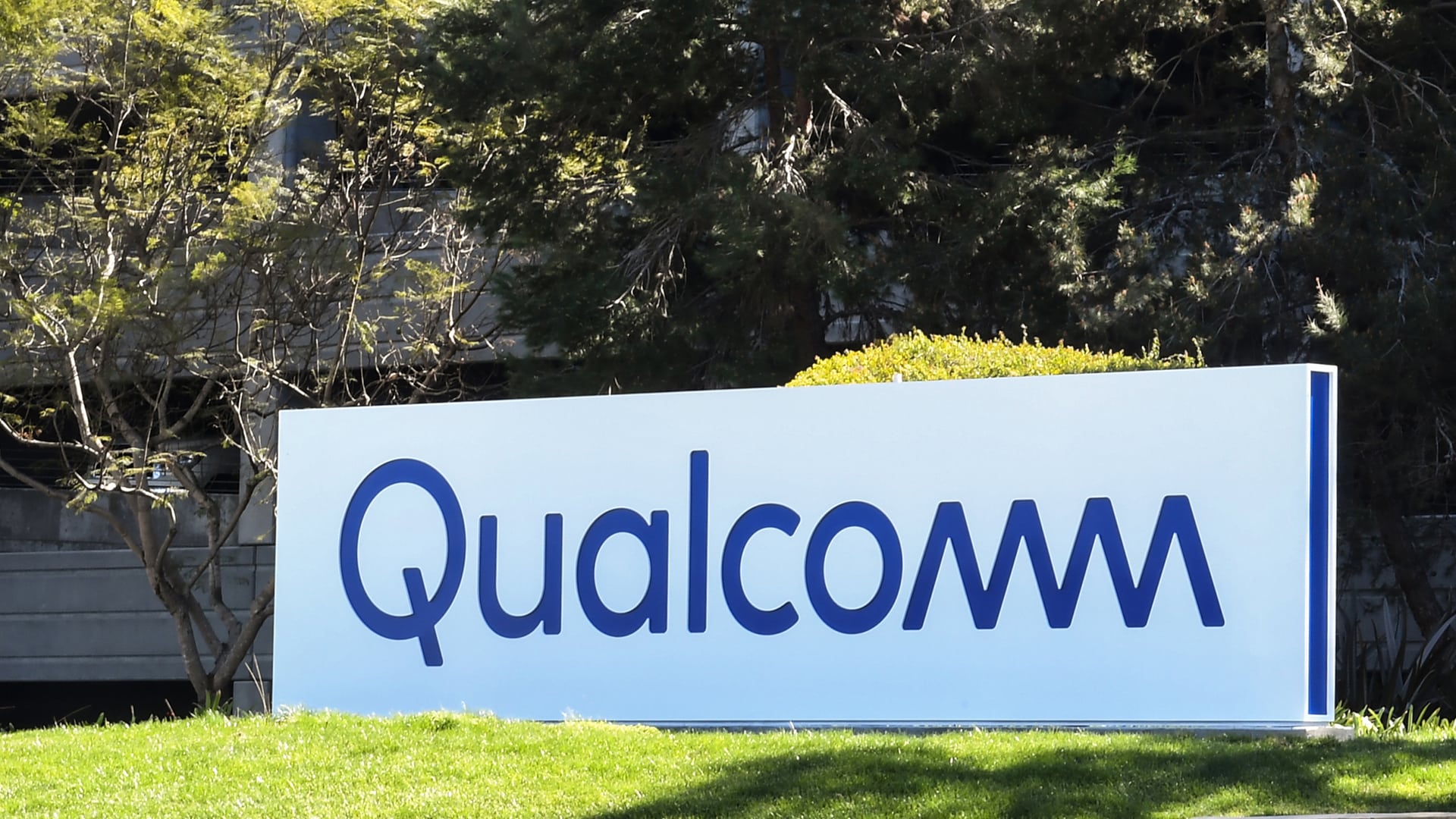
Qualcomm’s president isn’t allowed to say when the 5G iPhone will be released, but Cristiano Amon got as close as he could today by stating that his company and Apple will release one “as fast as we can.”
The 5G modem in this much-anticipated handset will be made by Qualcomm.
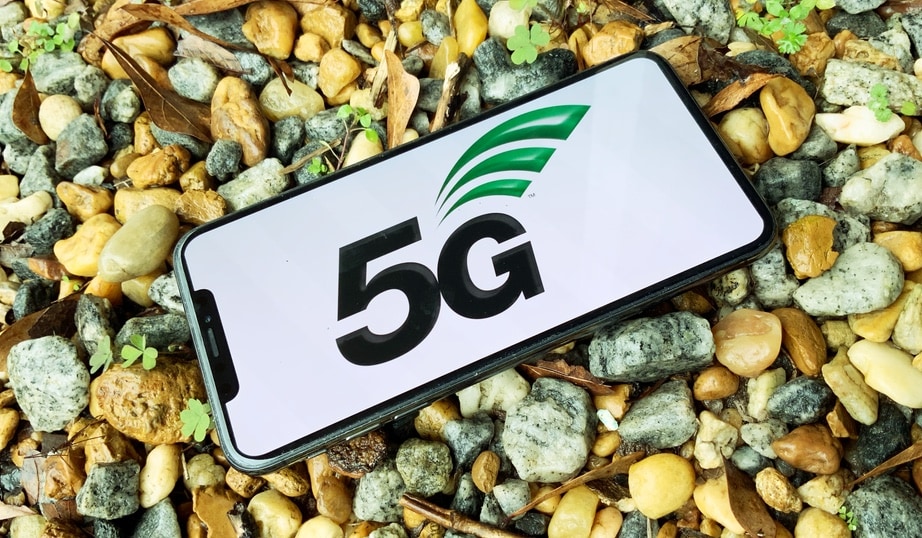
Apple is predicting big things for its 5G iPhone, according to a new report featuring shipment forecasts Cupertino has allegedly given its supply chain partners.
The report suggests that Apple has ordered 100 million iPhones. That would be an increase over the 80 million Apple ordered for the iPhone 11 series.

Apple CEO Tim Cook clearly impressed Donald Trump yesterday during their tour of the Mac Pro factory; the president suggested that Apple be involved in rolling out 5G access across the US.
And he cited Cook as a big reason why.

Ever reliable Apple analyst Ming-Chi Kuo predicts that the upcoming 5G iPhones will support both mmWave and sub-6GHz bands. This will allow them to interoperate effectively with 5G cell towers all across the United States.

Apple will beat out Samsung and Huawei in 5G handsets next year, according to a forecast by industry analysts. This despite accusations by some critics that not putting 5G in the iPhone 11 would put Apple far behind its rivals.
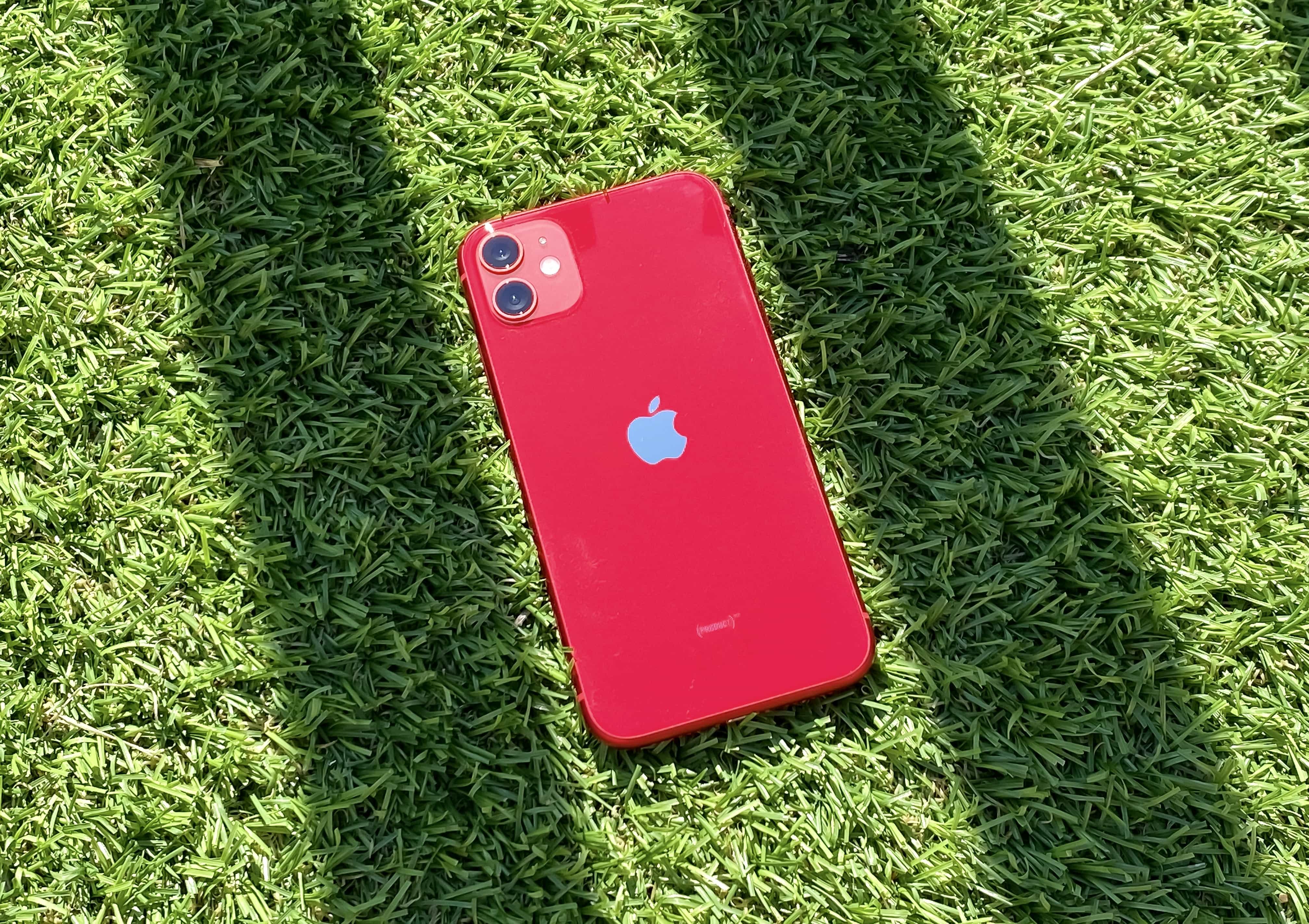
There are plenty of reasons to be enthusiastic about Apple’s massive earnings call yesterday. One analyst who’s not happy, however, is Barclays analyst Tim Long. In a note to clients, Long writes that Apple average selling price for iPhones may be slipping.
Apple stopped reporting unit sales for the iPhone last year. Instead, it focused on ramping up the average price it sells each iPhone for. Perhaps not enough, though.

There’s growing interest in a 5G iPhone, according to survey done by a market-analysis firm. Almost a quarter of current users of Apple handsets would be willing to pay more for an iPhone with a higher-speed wireless connection than the cost of the company’s top-tier device today.